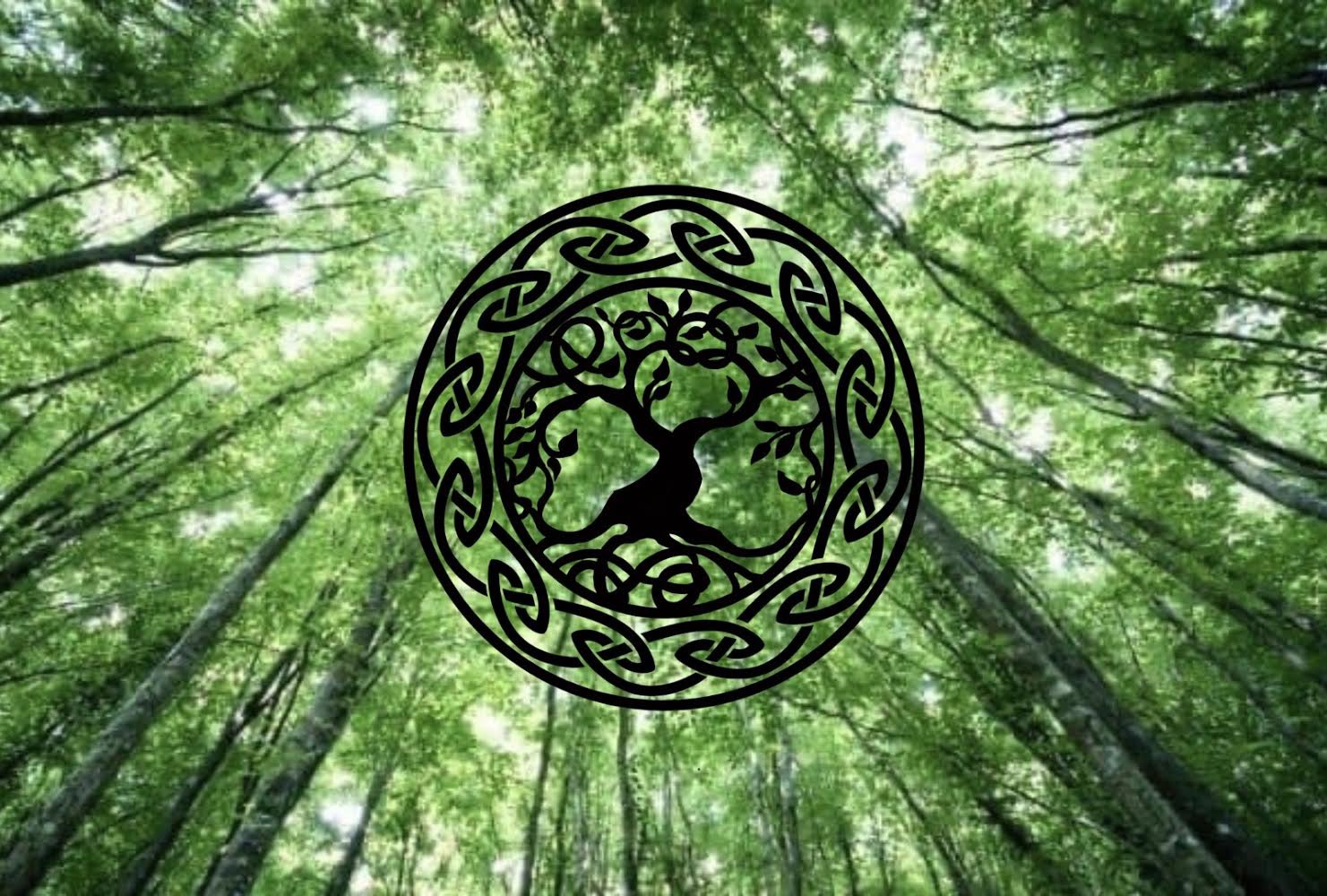Honoring the Ancestors: Celtic Samhain Traditions
- Brion Desmond
- Nov 18, 2024
- 3 min read
Samhain (pronounced sow-in or sah-win) is one of the most significant festivals in Celtic pagan tradition, marking the transition between the harvest season and the darker half of the year. Celebrated from October 31st to November 1st, it was not only a seasonal turning point but also a deeply spiritual occasion. Its legacy persists in modern Halloween customs, though its original meaning and practices delve much deeper into themes of death, renewal, and the cyclical nature of life.
The Origins of Samhain
The word Samhain derives from Old Irish and translates roughly to "summer's end." It was one of the four major Gaelic seasonal festivals, alongside Imbolc, Beltane, and Lughnasadh. Samhain was considered the beginning of the Celtic new year, a liminal time when the veil between the living world and the spirit realm was at its thinnest.
For the ancient Celts, this was a time to honor the dead, prepare for the challenges of winter, and seek the blessings of the gods. It was believed that during Samhain, spirits, both benevolent and malevolent, could walk among the living. Offerings of food and drink were left to appease these spirits and ensure their goodwill for the coming year.

Rituals and Practices of Samhain
1. Bonfires
Large communal bonfires were central to Samhain celebrations. These fires symbolized protection and purification, and people would light their home hearths from the communal flame to carry its protective energy. In some traditions, animals were ritually sacrificed as part of the festival, and their bones were cast into the fire, giving rise to the term "bone fire" or bonfire.
2. Divination
Samhain was seen as an ideal time for divination. Druids and seers used various methods, such as scrying, casting lots, or interpreting the shapes of flames and smoke, to predict the future. This was especially important as communities prepared for the uncertainty of winter.
3. Honoring the Dead
Ancestors were revered during Samhain, with offerings left on doorsteps or altars to welcome their spirits. Many families set an extra place at the table for their deceased loved ones and shared stories to keep their memory alive.
4. Costumes and Disguises
The tradition of wearing costumes during Samhain stemmed from the belief that disguises could confuse or ward off wandering spirits. People dressed as animals or mythical beings to blend in with the otherworldly visitors.
5. Seasonal Feasts
Feasting was an important part of Samhain. Foods such as apples, nuts, and grains—symbolic of the harvest—were enjoyed. Special dishes like colcannon (mashed potatoes with kale or cabbage) were often prepared, and some traditions included games or rituals involving food to predict the future.

Mythological Significance
Samhain holds a central place in Celtic mythology. Many stories describe it as a time when the boundaries between worlds blur, leading to significant events. For example, the Irish Táin Bó Cúailnge begins at Samhain, and tales of the hero Fionn mac Cumhaill often involve encounters with otherworldly beings during this liminal period.
The Morrigan, the Celtic goddess of fate, death, and transformation, was closely associated with Samhain. She was said to offer prophecies and engage in important acts of magic during this time.
Samhain’s Evolution and Modern Revival
With the spread of Christianity, many pagan customs were rebranded or suppressed. Samhain was integrated into the Christian calendar as All Saints’ Day (November 1st) and All Souls’ Day (November 2nd). Despite this, many of its traditions persisted in folk practices, eventually blending into Halloween as we know it today.
In recent decades, Samhain has experienced a revival among modern pagans, Wiccans, and Druids. Contemporary celebrations often focus on honoring ancestors, meditating on the cycles of life and death, and performing rituals inspired by ancient traditions. Many adherents build altars, hold community gatherings, and perform ceremonies under the moonlight to connect with their spiritual roots.

Conclusion
Samhain is more than a historical festival; it is a profound reflection on life's cyclical nature, our relationship with the natural world, and the mysteries of death and renewal. Whether celebrated in its ancient form or adapted to modern practices, it continues to resonate as a time of transformation and connection.
For those who honor its traditions today, Samhain remains a sacred reminder of the enduring ties between the past and present, the living and the dead, and the human and the divine.







Comments